|
UPDATE: In a social media post this afternoon, RBC confirmed it has been affected. In a notice to its clients, the bank said, “RBC, along with many other businesses, is experiencing varying degrees of the global I.T. outage impacting organizations around the world. We are actively investigating and solutions are being deployed. Clients may have difficulty accessing their account information and may experience delays in their transactions. Our teams are working diligently to restore access as soon as possible. Thank you for your patience and we apologize for the inconvenience.” According to reports, local branches of RBC may have also been affected by the global I.T. outage which has impacted several sectors from early this morning (Friday 19th July, 2024).
Guardian Media said it has seen an internal memorandum which was sent to RBC’s Caribbean banking division, stating: “Due to a global outage beyond our control, different business sectors worldwide, including RBC, have been affected. As a result, some of our Caribbean banking applications are currently down, which is impacting our operations, and the ability of our clients to transact via ATM, POS (Point of Sale) and digital banking.” The memo notes that “a fix has been deployed” but it may take some time before all systems are fully operational again. More on this as it becomes available. [Source: CNC3]
0 Comments
The Trinidad and Tobago Electricity Commission (T&TEC) is advising customers that a brief disruption to its online payment platforms, due to the current global I.T. outage, has been resolved.
Customers can therefore resume payments via Quick Pay and Customer Web Access (CWA). Payments at Service Centres via card and cash are also being processed as normal. Please be guided accordingly. UPDATE: George Kurtz, President and CEO of CrowdStrike, said the problems could persist for some time yet. “It could be some time for some systems that just automatically won’t recover,” he told NBC’s “TODAY” show this morning. Kurtz said the company was “deeply sorry for the impact that we’ve caused to customers, to travelers, to anyone affected by this,” adding the issue has been fixed on their end. “Many of the customers are rebooting the system, and it’s coming up, and it’ll be operational because we fixed it on our end,” he said. “We’re just trying to sort out where the negative interaction was,” he said of the faulty update that affected Windows PCs. Microsoft Windows outages are being reported across the globe this morning (Friday 19th July, 2024), resulting from an issue with U.S. cybersecurity company, CrowdStrike. The outages appear to be global, and massive. “CrowdStrike is aware of reports of crashes on Windows hosts related to the Falcon Sensor,” the company said in an alert confirming the outage at 1:30 AM ET this morning.
CrowdStrike's Falcon Sensor is software designed to prevent computer systems from cyberattacks. “Symptoms include experiencing a bugcheck\blue screen error related to the Falcon Sensor,” CrowdStrike's alert continued. “Our Engineering teams are actively working to resolve this issue and there is no need to open a support ticket.” Though the CrowdStrike issue is specifically causing Windows to crash, the problem seems to be having further-reaching implications as well. Considering that Windows is an incredibly popular operating system and CrowdStrike an incredibly popular cybersecurity company, multiple companies and services also appear to be experiencing outages due to their computers being down. Microsoft acknowledged the issue as well. “We're aware of an issue affecting Windows devices due to an update from a third-party software platform. We anticipate a resolution is forthcoming,” a Microsoft Spokesperson said. Reports of outages have rolled in from several countries around the world, including Australia, New Zealand, India, Japan, and the U.K. DownDetector is indicating a spike in issues across a slew of platforms and businesses in the U.S. as well, including Amazon Web Services, Instagram, eBay, Visa, ADT, and PlentyOfFish. Several U.S. airlines such as American, Delta, and United Airlines have been grounded due to communications issues, seemingly also the result of the outage. UK's Ryanair announced that their booking and check-in system is currently down. The Federal Aviation Administration said on X it was “closely monitoring a technical issue impacting IT systems at U.S. airlines,” with updates available at fly.faa.gov. Supermarkets, banks, airlines, telecommunications companies, and TV broadcasters are among the businesses impacted, with shoppers in Australia reportedly unable to pay for groceries due to electronic payment systems being down. CrowdStrike has since announced at 2:30 AM ET that it has identified the update causing the issue and rolled it back. The company also offered a workaround for anyone having problems:
Having to do this for every single computer in multiple companies across the globe is still likely to take some time. Meanwhile, CrowdStrike stock is plummeting — down more than 21% in pre-market trading on Friday. By this metric, the company's market cap has shrunk by $16 billion. More on this as it becomes available. This is a developing story - refresh this page for updates. [Source: Mashable]
Apple previewed iOS 18 today (Monday 10th June, 2024) at its Worldwide Developer Conference (WWDC) in California, showing off a major release that features more customization options, the biggest redesign ever of the Photos app, new ways for users to manage their inbox in Mail, Messages over satellite, and so much more.
Users will be able to arrange apps and widgets in any open space on the Home Screen, customize the buttons at the bottom of the Lock Screen, and quickly access more controls in Control Center. Photo libraries are automatically organized in a new single view in Photos, and helpful new collections keep favorites easily accessible. Mail simplifies the inbox by sorting email into categories using on-device intelligence, and all-new text effects come to iMessage. Powered by the same groundbreaking technology as existing iPhone satellite capabilities, users can now communicate over satellite in the Messages app when a cellular or Wi-Fi connection isn’t available.
iOS 18 also introduces ‘Apple Intelligence,’ the personal intelligence system for iPhone, iPad, and Mac that combines the power of generative models with personal context to deliver intelligence that is incredibly useful and relevant. Built with privacy from the ground up, Apple Intelligence is deeply integrated into iOS 18, iPadOS 18, and macOS Sequoia. It harnesses the power of Apple silicon to understand and create language and images, take action across apps, and draw from personal context, to simplify and accelerate everyday tasks.
“We are thrilled to introduce iOS 18. It is a huge release with incredible features, including new levels of customization and capability, a redesigned Photos app, and powerful ways to stay connected with Messages. There are so many benefits for everyone,” said Craig Federighi, Apple’s Senior Vice President of Software Engineering. “This release also marks the beginning of a tremendously exciting new era of personal intelligence with Apple Intelligence delivering intuitive, powerful, and instantly useful experiences that will transform the iPhone experience, all with privacy at the core. We can’t wait for users to experience it.”
Apple also announced a deal with ChatGPT-maker OpenAI to use the company’s technology in its products and showing off a slew of its own new AI features. In addition to Apple’s own home-grown AI tech, the company’s phones, computers and iPads will also have ChatGPT built-in “later this year.” The deal will put ChatGPT in front of millions of Apple users who might not know about or want to use it directly on their own.
Availability The developer beta of iOS 18 is available through the Apple Developer Program at developer.apple.com starting today, and a public beta will be available through the Apple Beta Software Program next month at beta.apple.com. iOS 18 will be available this fall as a free software update for iPhone Xs and later. Below is a list of compatible iPhones:
Apple Intelligence will be available in beta on iPhone 15 Pro, iPhone 15 Pro Max, and iPad and Mac with M1 and later, with Siri and device language set to U.S. English, as part of iOS 18, iPadOS 18, and macOS Sequoia this fall. For more information, visit apple.com/ios/ios-18-preview and apple.com/apple-intelligence.
[Source: Apple]
WhatsApp, Instagram, and several other Meta services are facing an outage this afternoon (Wednesday 3rd April, 2024), as being reported by many users.
Downdetector shows a spike in reports of outages affecting Facebook, Messenger, Instagram, and WhatsApp over the last hour. More than 20,000 reports of a WhatsApp outage have been reported on the service status site. So far, WhatsApp has acknowledged issues with its service.
Hopefully the outages being experienced with these Meta services are resolved for users soon.
More on this as it becomes available. This is a developing story - refresh this page for updates. [Source: 9to5Mac] Meta’s Facebook is resurfacing its once-popular “poke” feature around the social network’s 20th birthday and framing it as an easy way to say “hi” to a friend. Remember when you would “poke” your friends on Facebook to get their attention, annoy them or just start a poke war? Some even used it as a way to flirt back in the day. Facebook is now trying to bring back that experience with some small updates to the poking feature. The company announced today (Tuesday 19th March, 2024) that it recently improved the platform’s suggestions on who to poke and have also made it easier to find the poking page through search. Plus, Facebook added the ability to poke a friend when you search for them on the social network. According to TechCrunch, Facebook notes that these minor changes have led to a 13x spike in poking in the past month. Despite many users not being around for the initial surge of poking back in the day, a young generation is starting to embrace the feature, as Facebook states that more than 50% of pokes are coming from users between the ages of eighteen (18) to twenty-nine (29). When you poke someone, they'll get a notification.
How to see and send pokes on Facebook:
If you don't want someone to poke you, you can block them. Poking is one of Facebook’s oldest features, dating from the platform’s founding in 2004, but was tucked away in the navigation after it lost popularity. Facebook never defined what the idea behind poking was, and left it up to users’ interpretation, with some choosing to use it as a way to flirt. Will you be poking any of your Facebook friends soon? Let us know in the comments below. [Source: TechCrunch]
UPDATE (1:30 PM): All previously-affected services are functioning now.
UPDATE (12:25 PM): Logging back into Facebook and Messenger seems to be working now. No luck as yet with Instagram and Threads.
UPDATE (11:52 AM): “We’re aware people are having trouble accessing our services,” Meta Spokesperson Andy Stone said in a post on X (formerly Twitter). “We are working on this now.”
If you noticed you were suddenly signed out of Facebook and Messenger this morning (Tuesday 5th March, 2024), you are not alone. The platform is facing a serious outage that has logged out users in many countries. Due to this outage, re-entering your password will be rejected — but your password is not wrong. There is no need to change your password (yet). You are not being phished. This is all due to a Meta service disruption.
The outage, which started around 11:00 AM, is also affecting Messenger, Instagram and Threads — all owned by Meta. Some users found they had been logged out of their Facebook accounts this morning while others got notifications on Instagram that “something went wrong” and their feeds could not be loaded. Threads, Meta’s competitor to Elon Musk’s X (formerly Twitter), also went down and showed users a popup that said “Something went wrong, please try again later” in place of their feed. More than 500,000 reports have hit Down Detector and X (formerly Twitter) is flooded with reports as well. While major platform outages happen relatively infrequently, they are typically the result of something benign, such as an issue with a software update. Facebook, Instagram and WhatsApp went down during a massive worldwide outage in 2021, which lasted for six (6) hours. At the time, the company said the outage was caused by “configuration changes on backbone routers.” Meta has yet to acknowledge today’s ongoing issues. More on this as it becomes available. This is a developing story - refresh this page for updates. [Source: 9to5Mac] Following an update on Wednesday (21st February, 2024), WhatsApp users can now use bulleted and numbered lists, block quotes, and inline code to communicate more effectively — enabling users to message each other everything from grocery lists to step-by-step instructions in mid-conversation.
The new formatting options join the existing bold, italic, strikethrough, and monospaced formats that have been available to WhatsApp users for a while now. How to Use New WhatsApp Text Formatting Options WhatsApp allows you to format text inside your messages. However, there is no option to disable this feature. New text formatting is only available on Android, iOS and Web. Italic To italicize your message, place an underscore on both sides of the text:
Bold To bold your message, place an asterisk on both sides of the text:
Strikethrough To strikethrough your message, place a tilde on both sides of the text:
Monospace To monospace your message, place three (3) backticks on both sides of the text:
Bulleted List To add a bulleted list to your message, place an asterisk or hyphen and a space before each word or sentence:
Numbered List To add a numbered list to your message, place a number, period, and space before each line of text:
Quote To add a quote to your message, place an angle bracket and space before the text:
Inline code To add inline code to your message, place a backtick on both sides of the message:
Alternatively, on iOS, you can use shortcuts. Double tap the text you’ve entered in the text field > Format. Choose Bold, Italic, Strikethrough, or Monospace. [Source: WhatsApp] Youthere1 is excited to introduce our WhatsApp Channel: a simple, reliable, and private way to receive important news updates from us, right within WhatsApp. Channels can be found in a tab called Updates, where you’ll find Status and channels you choose to follow, which is separate from your chats with family, friends, and communities. The Youthere1 WhatsApp Channel is a one-way broadcast tool for us to send followers breaking news and important information, including text, links, photos, videos, stickers, and/or polls. Followers can turn on notifications, forward messages and/or react to them. Following a channel (including ours) won’t reveal your phone number to the admin or other followers. Who you decide to follow is your choice and it’s private. We also offer a separate WhatsApp Alerts service which can notify you as soon as we post breaking news or other important articles on Youthere1. Read about that free service here.
UPDATE: TSTT has issued a statement, denying that hackers were able to gain access to its cyber systems, which it says holds terabytes of data. Details here.
Minister of Public Utilities, Marvin Gonzales, is denying reports of a ransomware attack on the Telecommunications Services of Trinidad and Tobago (TSTT), saying they are “not true.”
However, according to FalconFeeds.io, a cyber security firm that offers a feed on X (formerly Twitter), reporting on breaches, tstt.co.tt and bmobile.co.tt were compromised by ransomware group Ransomexx, with a reported 6GB of customer lines, ID scans, gitlab projects and database dumps as part of the haul.
Asked about this today (Monday 30th October 2023), Minister Gonzales responded by saying, “It is not true.” He added that TSTT will issue a statement on the matter soon.
In March 2022, there was a malware incursion at TSTT, but at that time, Minister Gonzales had said no one's data was compromised. More on this as it becomes available. [Source: Newsday] |
AboutYouthere1 is a website focused on providing useful information, breaking news, entertainment and online shopping in Trinidad and Tobago.
AlertsSupportYouTubeContactPrivacyCategories
All
Archives
July 2024
|
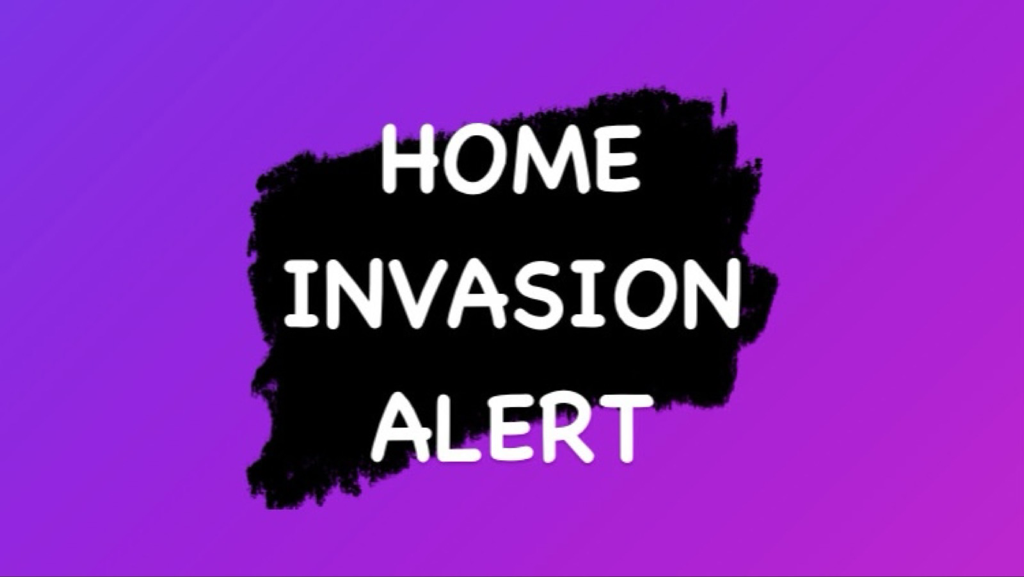
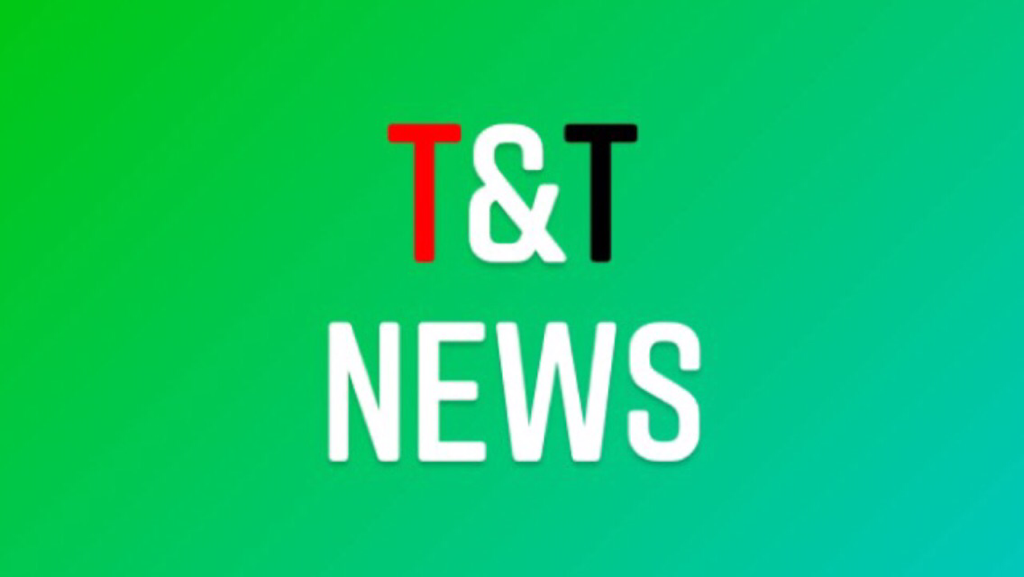

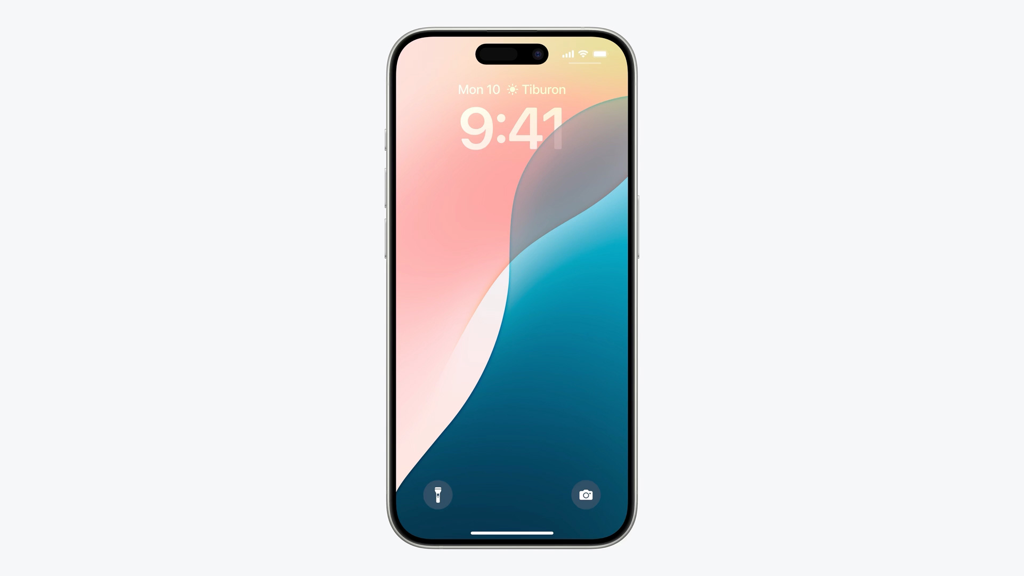
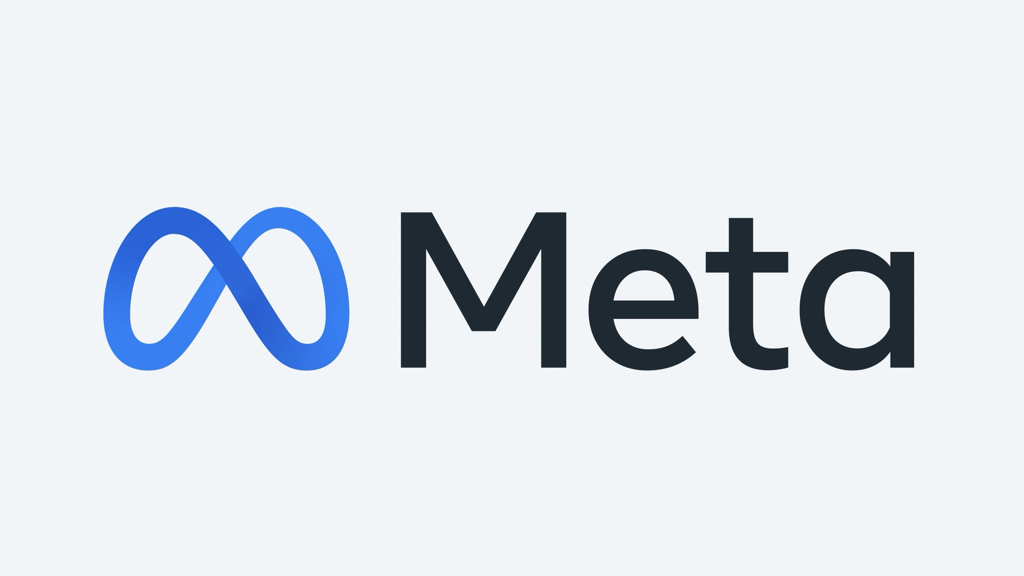

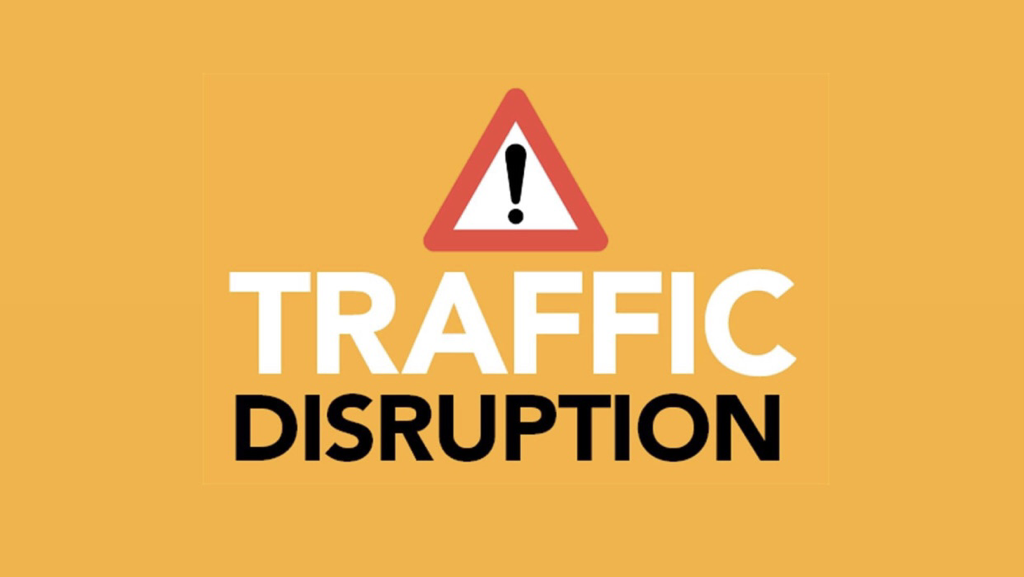



 RSS Feed
RSS Feed
